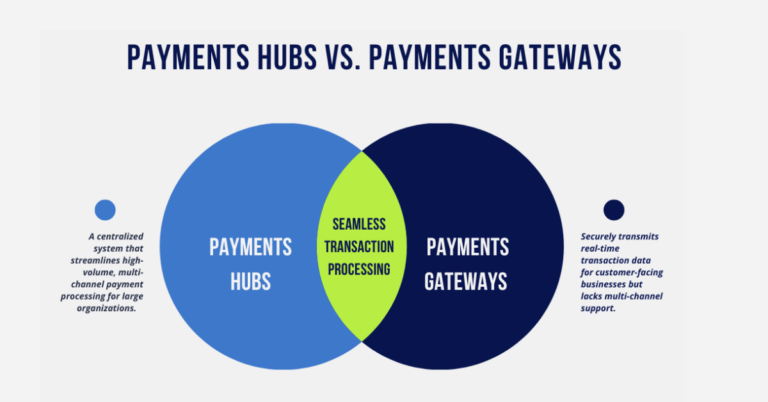The most efficient tax refund is the one that doesn’t need to be sent. Overpaying your taxes means the IRS holds some of your money interest-free until they get around to returning it via a tax refund. By day 29 of the 2021 tax season, the IRS had processed over 40 million direct deposit refunds. Needless to say, if you don’t file your taxes perfectly, you’re not alone.
The fastest way to get your tax refund, according to the IRS, is to file electronically and opt for direct deposit to your bank account. Taking both these actions bypasses the postal service. This means the time you spend waiting is no longer than it takes the IRS to process your return, plus the time your refund spends moving through the ACH network. The amount of time that the IRS needs to process a tax return differs based on the individual, but an ACH transfer generally takes 2 to 3 days to initiate, clear, and settle. This is faster than paper processing, which can take weeks, but it still has room for improvement. With the release of new real-time payment rails, such as The Clearing House’s RTP® network, tax refunds could find their way from the IRS to your bank account in just a few seconds.
Before we cover instant tax refunds, let’s go over how things work now. Assuming the taxpayer has opted into using direct deposit, the IRS will initiate an ACH transaction. As mentioned before, this can take a few days. A faster alternative within the ACH network is Same Day ACH. Unfortunately, there are fees associated with this accelerated processing, so this is generally not used for tax refunds. On the bright side, the new real-time rails will offer an economical way to receive tax returns the moment the IRS is done processing them.
The only real-time payment service currently available in the U.S. is the aforementioned RTP® network. The Clearing House has seen great adoption so far, but the network has not yet achieved the same reach as the ACH network. While The Clearing House is still building its network, another is set for release in 2023. FedNow, by the Federal Reserve, will operate alongside The Clearing House’s network in the hopes of providing broader accessibility. The key distinction between FedNow and the RTP® Network is that FedNow will not be privately owned. Being a public-sector resource, FedNow will be better suited to meet the needs of more diverse and less capitalized financial institutions. Ubiquitous access will be a huge motivator for the IRS to start offering instant tax refunds, and the combined reach of the RTP® network and FedNow are poised to achieve this.
Read more about government issued checks in Poky Stimulus Checks—An Argument for Payment Modernization.
Alacriti’s Cosmos for RTP® enables financial institutions and organizations to quickly and seamlessly connect to The Clearing House’s RTP® network without the burden of significant infrastructure overhauls or capital investments. To speak with an Alacriti real-time payments expert, please contact us at (908) 791-2916 or info@alacriti.com.




